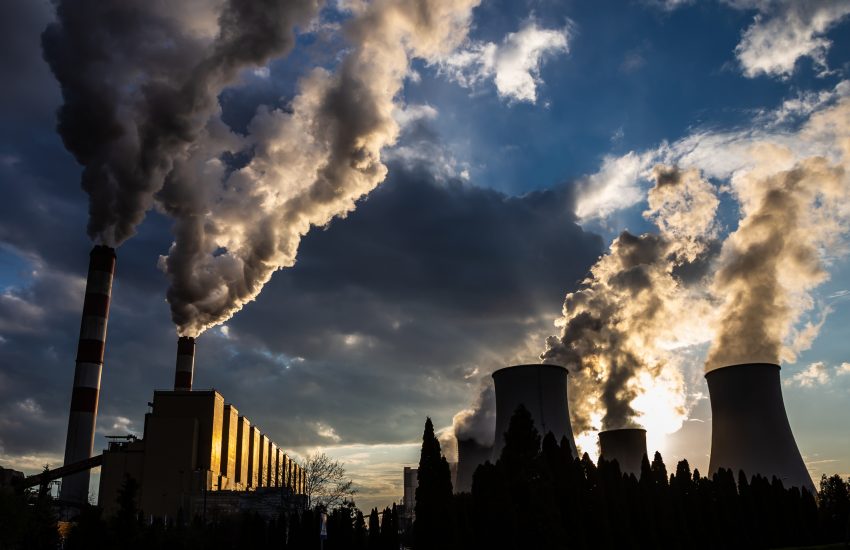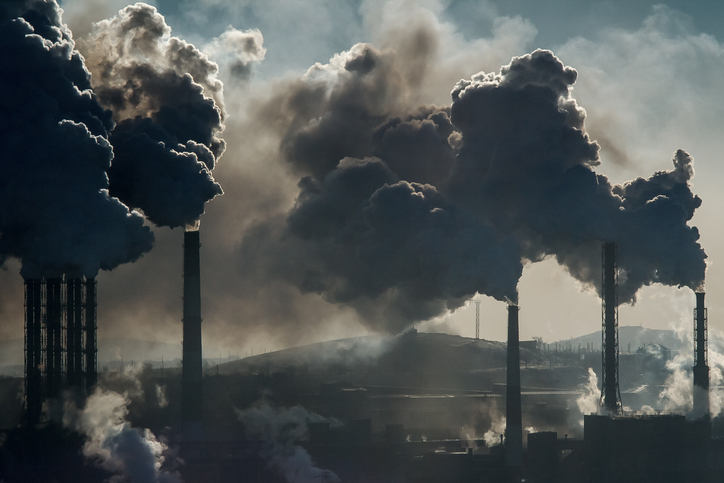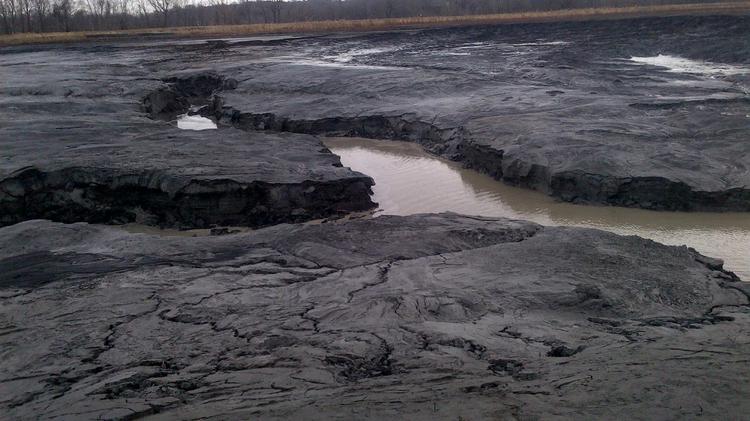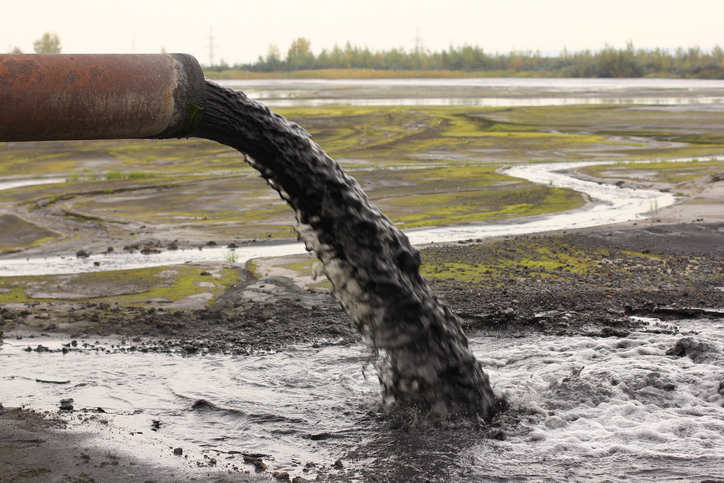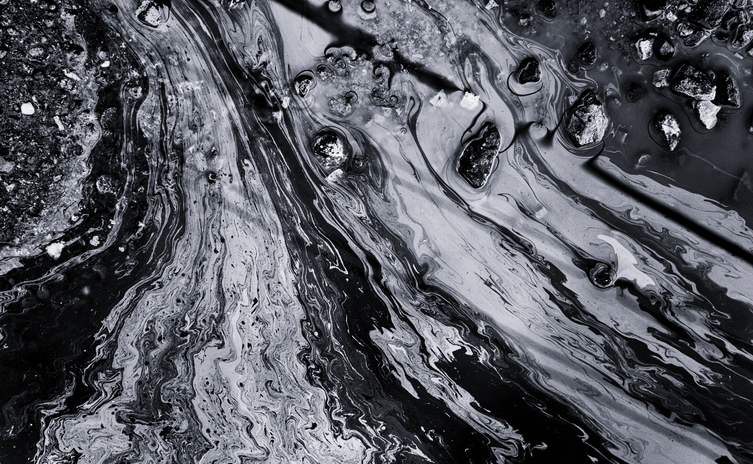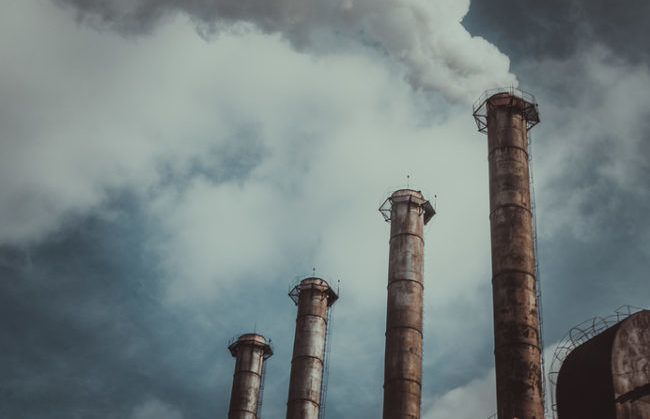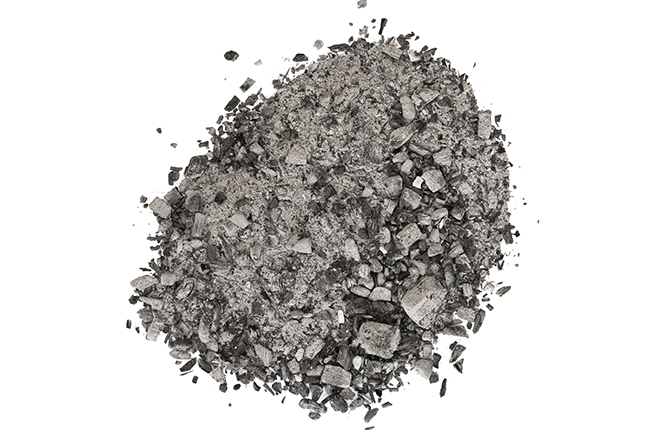In a world of solar power, green energy, and electric cars, it is sometimes surprising to consider how much of a political hot potato good ol’ fashioned coal remains.
There are more than 300 coal-fired power plants still active in the United States, annually producing roughly 100 tons of coal combustion residuals (CCR), or “coal ash.” This coal ash has historically and routinely been found to contain hazardous compounds — such as arsenic, chromium, lead, and mercury — which are dangerous to plants and humans.…
Continue Reading
